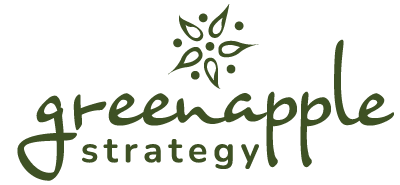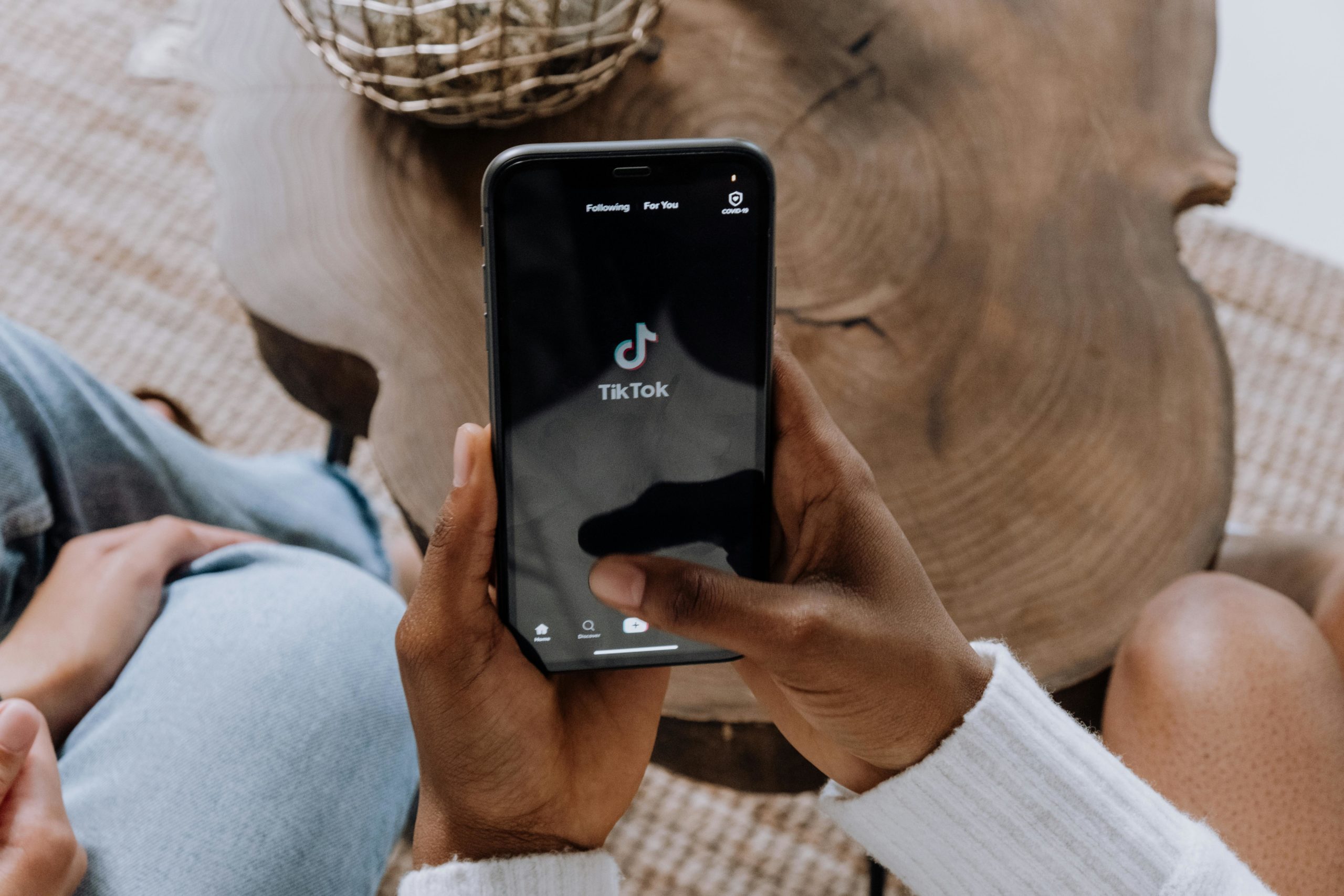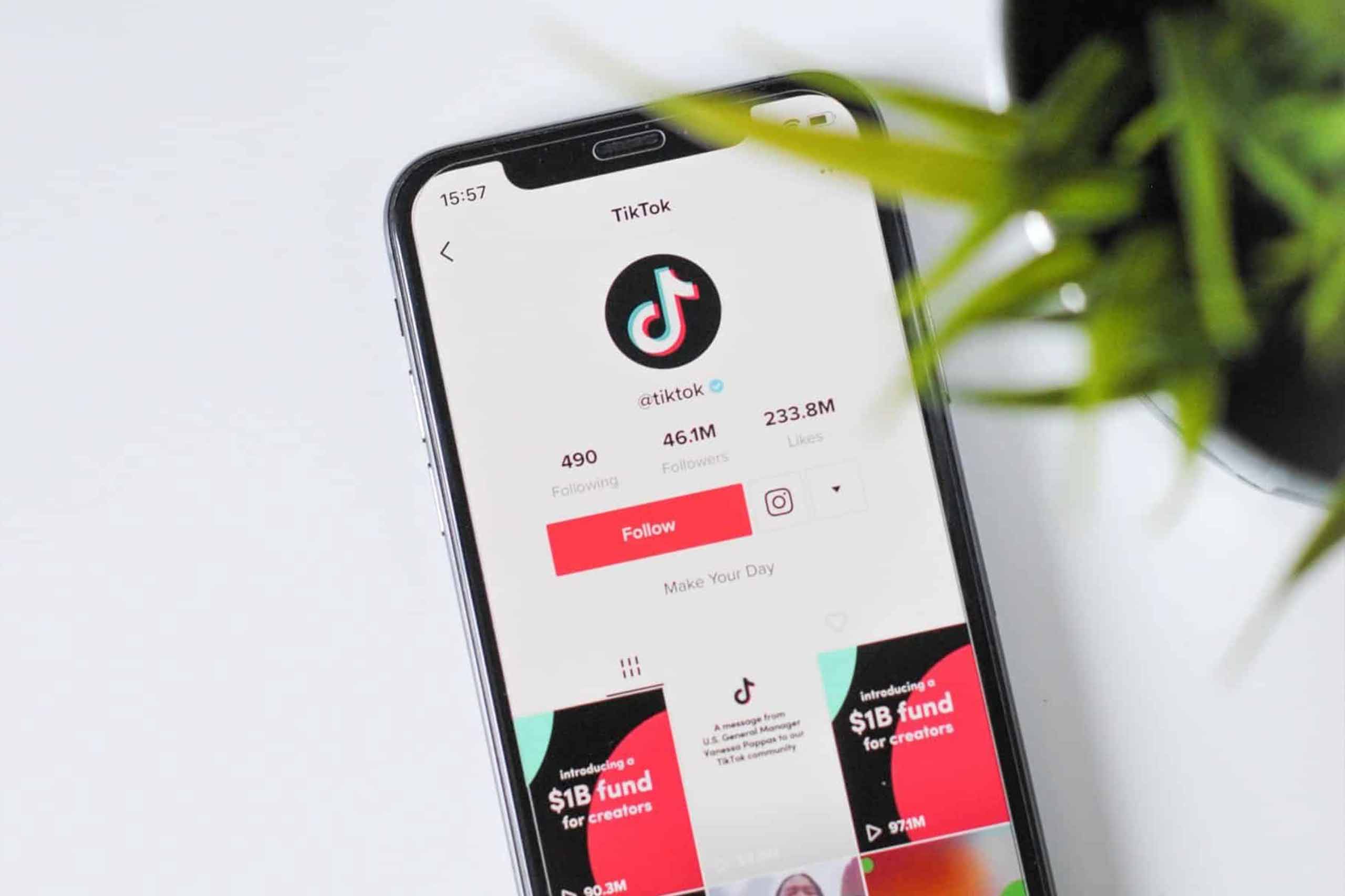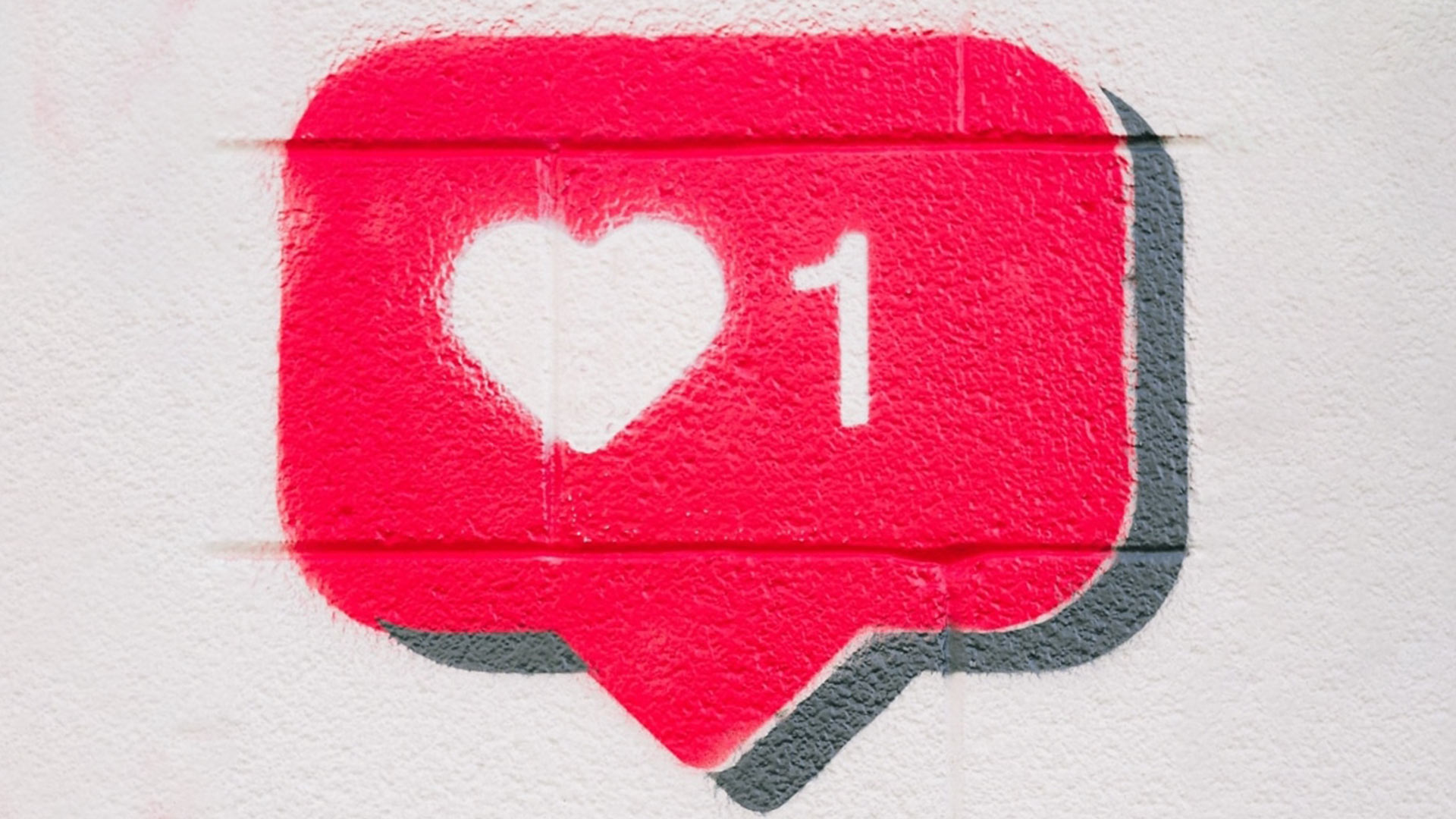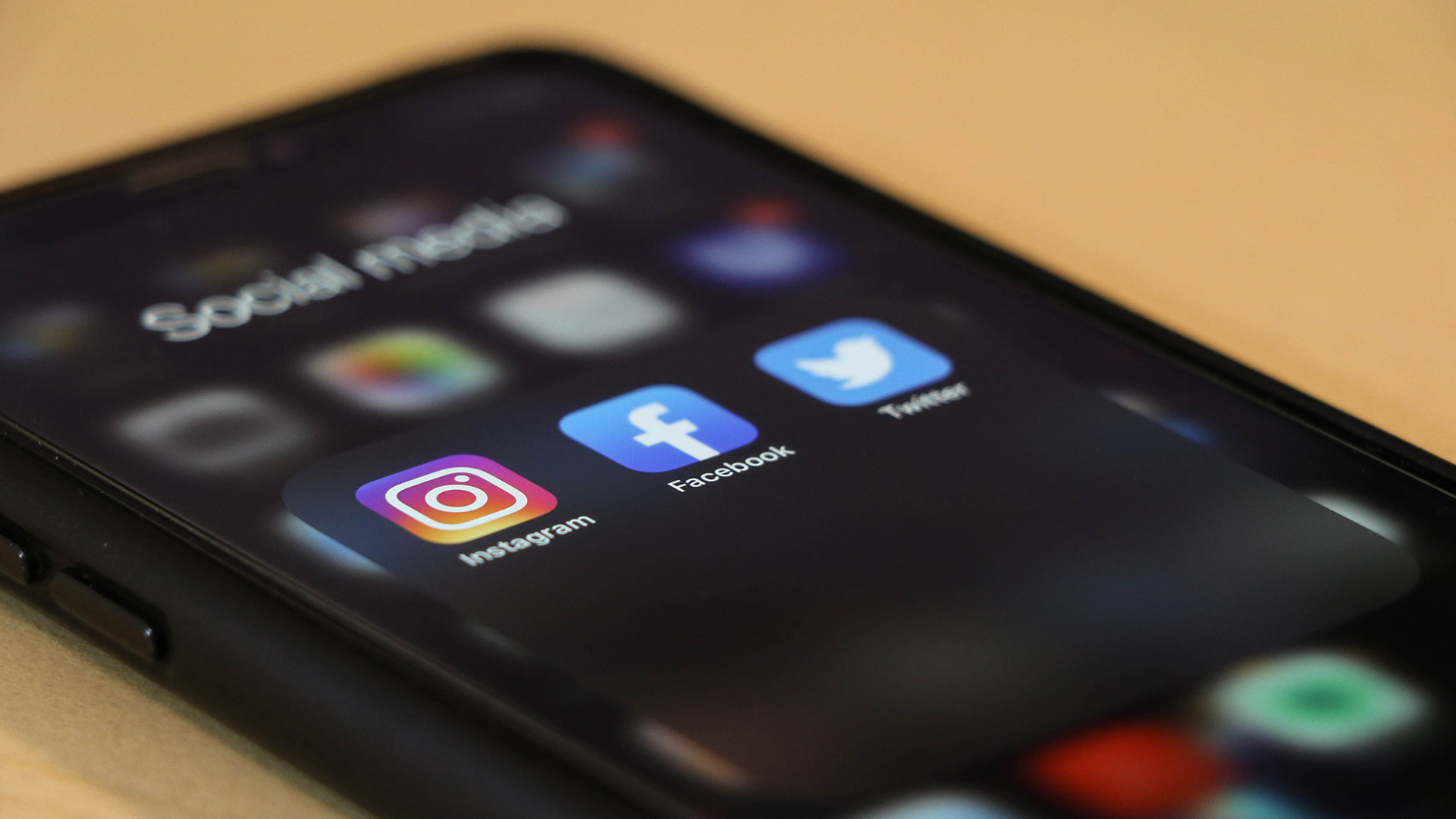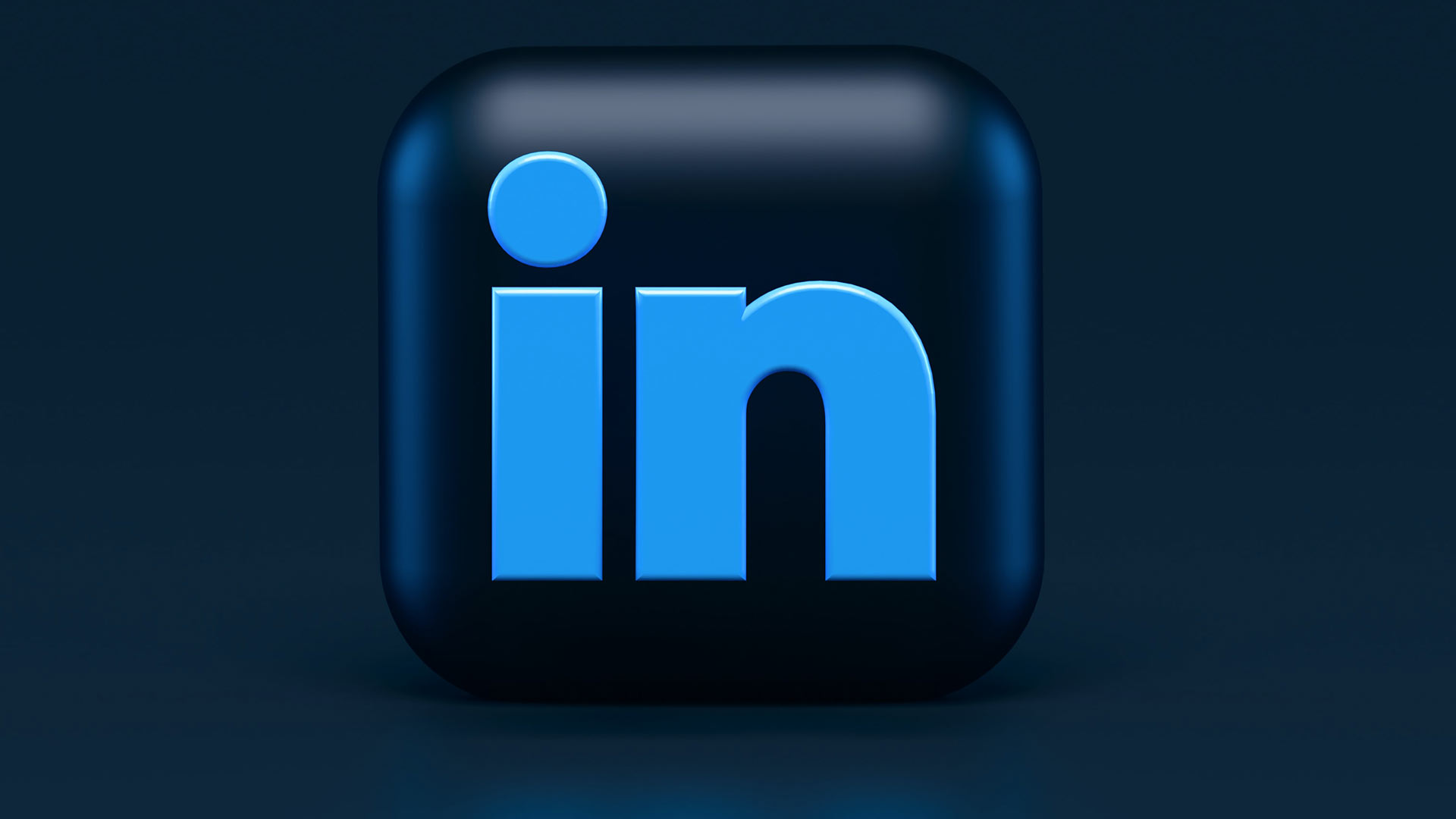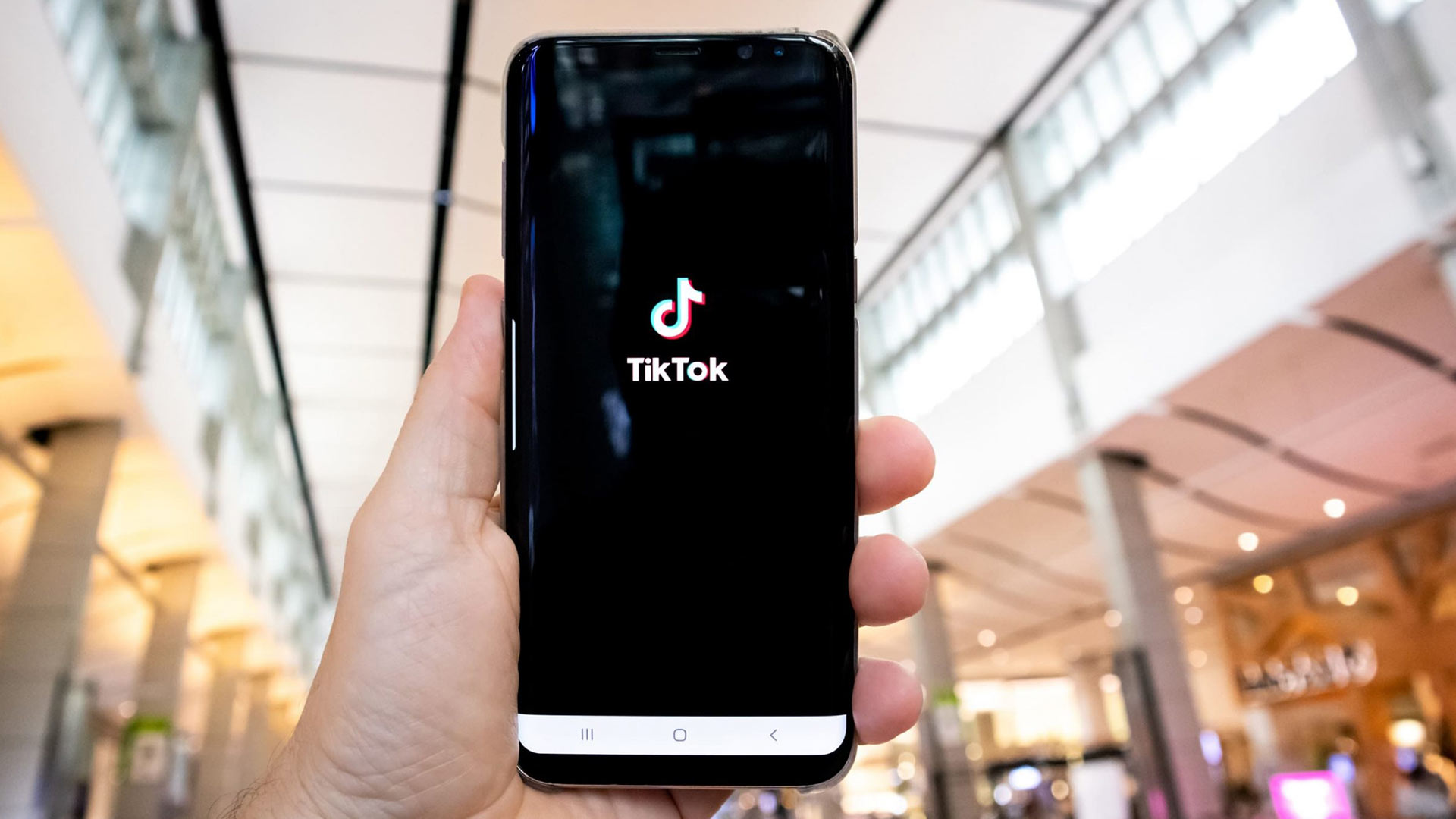In the B2B world, social media is a powerful tool for building authority, connecting with customers, and driving revenue. But with the ever-evolving landscape of platforms, algorithms, and user behaviors, staying on top of the trends is overwhelming. You also have to balance content that’s helpful with content that’s sales-oriented. The good news? There are dozens of social media marketing tools that can help you organize ideas, strategize, create images, post content, and measure results. The challenge is identifying the right mix of tools without wasting time or resources.
At Green Apple Strategy, we believe part of our responsibility is to equip you with the essential information you should know. We’ve asked a member of the Green Apple Orchard, Kristina Iaccarino, a global social media strategist, to share her insights on the essential tools and trends shaping the industry in 2025 and beyond.
The New Social Media Toolbox: Essential Tools for 2025 and Beyond
I’ve seen firsthand how much the social media landscape has changed in the past couple of years. Now, posting is centered around strategy, data, and efficiency. Today, almost every platform has AI integrations, and our clients should understand that AI is not just a “nice to have” anymore. It’s a standard expectation for efficiency and personalization.
Here are five categories of tools you need to know about in 2025:
1. All-in-One Social Media Management: Build Your Social Command Center
These platforms streamline your workflow by combining scheduling, publishing, community management, and analytics into a single dashboard.
- Agorapulse: This is my platform of choice at Green Apple. It’s popular with agencies and mid-sized teams because of its intuitive scheduling and publishing, unified social inbox, and advanced analytics. It lets me plan, create, and schedule content across platforms, saving time and ensuring consistent messaging.
- Sprout Social and Sprinklr: For larger organizations, these platforms offer enterprise-level features and global-scale collaboration. I personally love Sprinklr because it allows me to analyze audience behavior by gauging their mood or identifying specific user traits through their emojis, keywords, and other signals.
- Airtable: Airtable is another platform for campaign planning. It’s now enhanced with AI-driven automations, content brief generation, and performance summaries.
- Later: Later is also one of my favorite social media management tools because of its user-friendly interface and easily accessible analytics. It’s especially popular with B2C brands that utilize influencer marketing.
While Sprout Social is still a great option, many teams, including our own, now rely on tools like Agorapulse and Sprinklr.
2. AI-Powered Content Creation and Design: Simple Tools for Making Stunning Content
Images and visuals have become increasingly important in social media content. Luckily, AI is making it easier than ever to create professional and compelling graphics and videos.
- ChatGPT: ChatGPT has become one of the most popular AI tools for marketers. When it comes to social media management, we’ve found it can be particularly helpful for idea generation, tone adjustments, and drafting customer response ideas.
- Canva: This remains my go-to for design. Its vast library of templates, graphics, and fonts allows our team to create professional visuals quickly. Now, with AI video templates, instant resizing, and content generation, it’s a powerful tool for maintaining consistent branding without a professional designer on staff.
- CapCut: As a leading short-form video editor, CapCut is a great tool for creating engaging videos. It now offers AI captioning, trend-based templates, and automated editing features. The Pro account also includes commercial sounds and music, making it easy to create videos for brands without worrying about copyright issues.
3. SEO and Discovery: Mastering the Art of Social Searching
Social platforms like Instagram, TikTok, and YouTube also function as discovery engines. Users now find content through searches in addition to algorithms. It is no longer enough to rely solely on hashtags. With that in mind, tools like Semrush and Flick are crucial for maximizing your social content’s organic reach.
- Semrush: Originally an SEO tool, Semrush has evolved into a vital resource for social media. It helps me with keyword research, trend analysis, and understanding how audiences discover content. It helps bridge the gap between social strategy and long-term organic visibility.
- Flick: Flick is my favorite tool for social media hashtag and keyword strategy. It also provides AI-powered content ideas and caption suggestions, making it a double win for increased reach and faster execution.
4. Influencer Vetting and Partnerships: Choosing Partners That Deliver Real Results
Influencer marketing continues to grow, with authenticity playing an increasingly important role. It’s important to make sure partnerships are both creative and supported by reliable data.
- HypeAuditor: This tool provides detailed analysis of influencer accounts, including audience demographics, engagement quality, and potential fraud detection. HypeAuditor’s insights help brands and agencies ensure they’re working with the right influencers and getting the most out of their partnerships.
5. AI Video Generators: Making Videos on Demand
AI video generators enable the conversion of scripts into polished videos within minutes. These tools can save production time and reduce costs.
- Synthesia and Runway: These platforms can transform a script into a professional-looking video with an AI-generated avatar. This technology can be a huge time-saver for producing educational content, explainers, or internal videos. But as I always tell our clients, “It’s important to remember that some platforms, like YouTube, prioritize authentic native videos. Heavily relying on AI video generators has a downside.”
How to Choose the Right Social Media Tools for Your Business
The sheer number of available tools can be overwhelming. But at Green Apple Strategy, we believe the right approach is to choose a tool stack that fits your specific business size, budget, and goals. Think of it like planting a garden: you need the right tools for your specific seeds, soil, and climate.
- Define Your Needs: Do you need an all-in-one solution or specialized tools? Are you focused on brand awareness or lead generation? Your goals will determine which tools are best for you.
- Consider Integration and Ecosystem: Brands are often overwhelmed by having too many tools, but the best tools work together seamlessly. For example, some management platforms integrate with design tools, and reporting dashboards pull data from a variety of sources. Building a streamlined stack instead of using tools in isolation can give you a better picture of your impact.
- Prioritize Performance: Tools should not just make your life easier; they should also help you prove a return on investment (ROI). Make sure the tools you choose offer strong analytics and reporting features that help you connect your social media efforts to specific outcomes.
Beyond the Post: A Guide to What’s Next for Your Brand
At Green Apple Strategy, we recognize you don’t have the time (or even the interest) to keep up-to-date on the latest marketing tools. Our responsibility as a marketing agency is to serve as a trusted guide. We can help you select the right tool stack for your business and build a social media strategy that delivers real results.
Ready to get smarter about your social media? Contact us today to learn how we can help.
